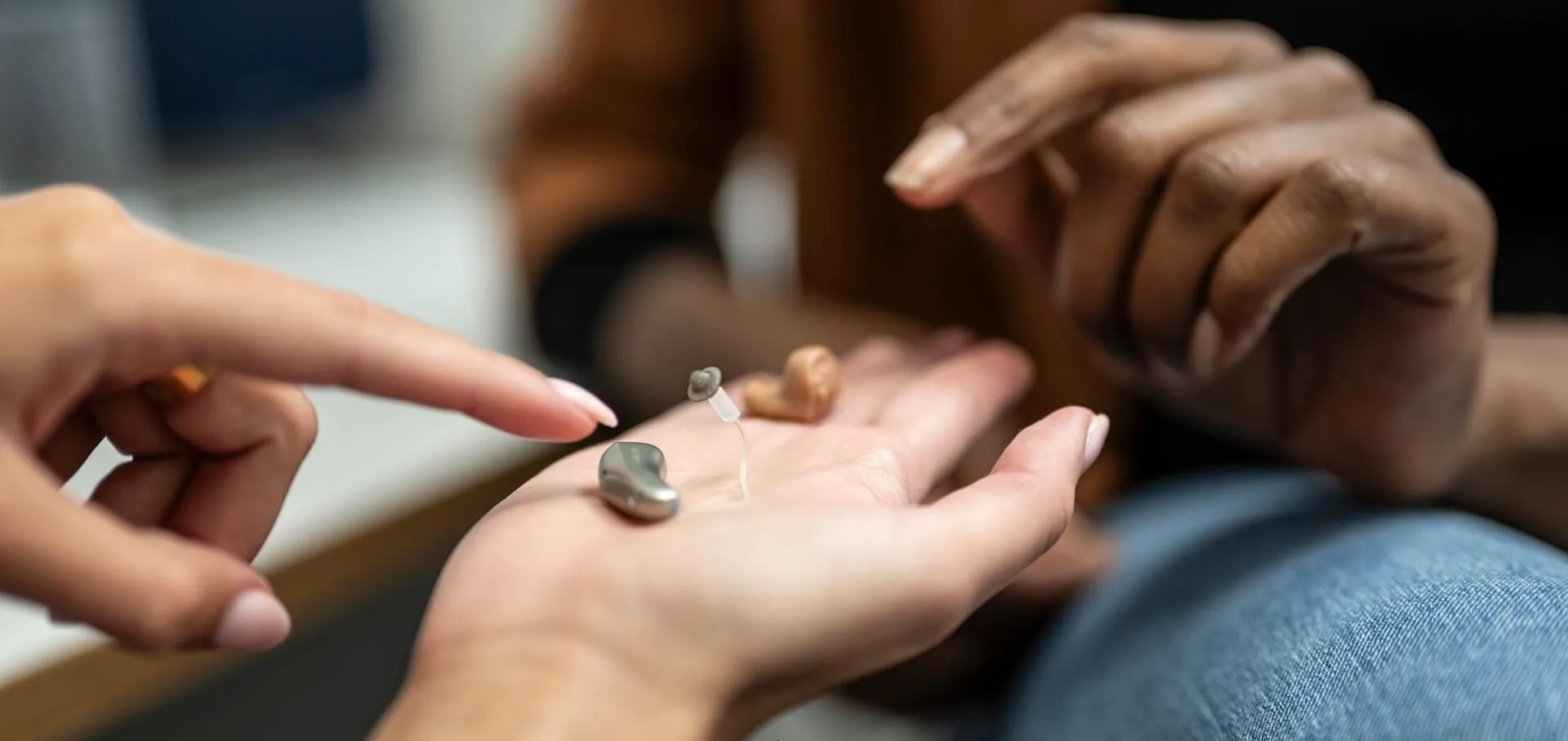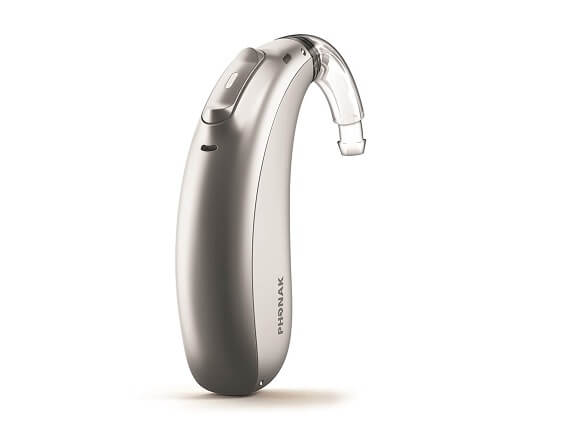Hearing aid tubes

Hearing aid tubes
4 minutes
Published 17 June 2024
Hearing aid tubes are essential components of behind-the-ear (BTE) hearing aids, responsible for directing amplified sound from the device into the ear canal. These small, flexible tubes play a critical role in ensuring clear sound transmission and optimal hearing performance. Understanding the importance of maintaining and replacing hearing aid tubes can greatly enhance your auditory experience and overall hearing health.
Continue reading to learn more about how hearing aid tubes work, their maintenance, and when to replace them.
What are hearing aid tubes?
Hearing aid tubes are small, flexible conduits that connect the behind-the-ear (BTE) hearing aid device to the ear mould or dome placed inside the ear canal. Their primary function is to carry amplified sound from the hearing aid into the ear, ensuring that you receive optimum levels of sound. As well as this, these tubes help keep the hearing aids securely in place behind the ear, providing comfort and stability.

Do all hearing aids have a tube?
Not all hearing aids have a tube. While traditional behind-the-ear (BTE) hearing aids often use tubes to transmit amplified sound from the device to the ear canal, many modern designs do not include a tube. In-the-ear (ITE) and in-the-canal (ITC) hearing aids, for example, you’ll find the speaker within the device itself, eliminating the need for an external tube. These advancements in hearing aid technology offer a range of different types of hearing aid options to suit diverse preferences and needs.
Hearing aid tubes play an important role in sound quality and device functionality. However, they may not be included in more modern hearing aid designs, such as in-the-ear (ITE) or receiver-in-canal (RIC) models, which incorporate different mechanisms for sound transmission.
How to clean hearing aid tubes
Clogged or unclean hearing aid tubes are a common cause of malfunctioning hearing aids. Maintaining and cleaning your hearing aids is key to keeping them in top condition. To clean the tubes at home, use warm water, mild soap, and a clean cloth.
Additionally, the Boots Hearing Aftercare Programme offers professional cleaning services to ensure your hearing aids remain in excellent working order.
When to replace your hearing aid tubes
Regularly replacing hearing aid tubes is essential to avoid feedback, maintain sound quality, and ensure clear communication. Typically, hearing aid tubes should be replaced every three to six months, or sooner if they become stiff, discoloured, or clogged. Regular maintenance helps preserve optimal hearing aid performance.
Poor sound quality
Decreased sound quality can be a sign that your hearing aid tubes need replacement. If sounds are muffled or unclear, it's time to check your tubes.
Increased feedback
Increased feedback or ‘whistling’ noises can indicate the need for a hearing aid tube replacement. This happens when tubes become worn or damaged.
Discolouration
Discoloured hearing aid tubes may signal the need for a replacement. Over time, tubes can yellow or become opaque, affecting their performance.
Physical damage
Visibly cracked or torn hearing aid tubes indicate the need for a replacement. Physical damage can cause a decrease in hearing aid performance and reliability.
Discomfort
A decrease in comfort whilst wearing a hearing aid can often be due to worn-out hearing aid tubes. As tubes lose their structural integrity, they may not keep the device secured correctly, leading to discomfort.
How to fix hearing aid tubes
Hearing aid tubes are delicate components that often require replacement rather than repair. If the performance of your hearing aid has decreased, start by cleaning the tubes as outlined previously. Cleaning should always be the first step to address any issues.
If cleaning does not improve performance, replacing the hearing aid tubes is the next best option. Here’s a brief guide to fixing hearing aid tubes at home:
Remove the tube
Detach the tube from the hearing aid carefully.
Clean the tube
Use warm water and mild soap to clean the tube thoroughly. Allow it to dry completely before reattaching.
Replace if necessary
If cleaning doesn’t work, replace the tube with a new one. Follow the manufacturer’s instructions for proper replacement.
Frequently asked questions
Author
Boots Hearingcare
Boots Hearingcare



